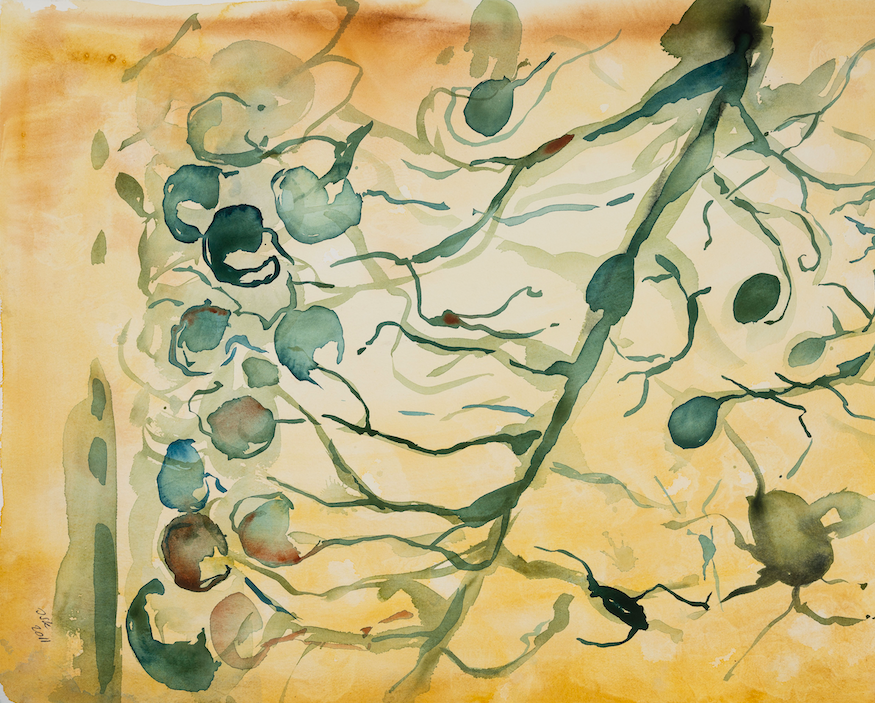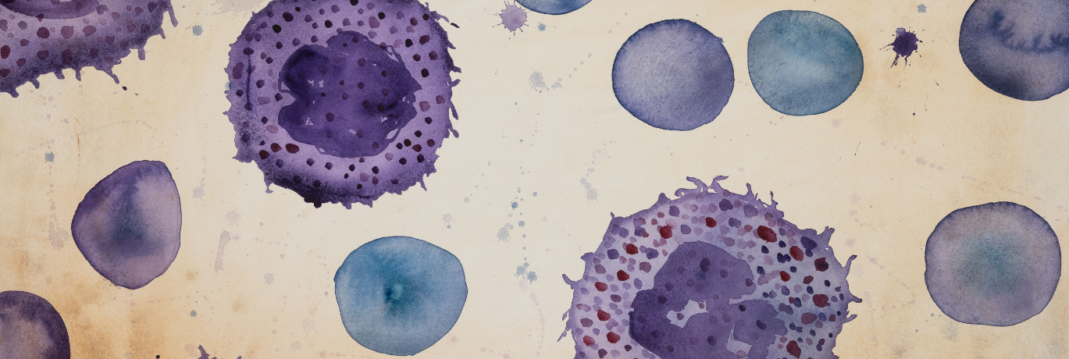Kidney cells

Biorelevant culture of renal cells on Biolaminin substrates
Laminins play an important role in kidney development
Both the tubular and glomerular epithelial cells of the kidney develop from mesenchymal stem cells during embryogenesis. Unique conversion of nonpolar cells to polarized epithelial cells thus occurs in the embryonic kidney. Organ cultures of mesenchymal cells from the mouse embryonic kidney have shown that laminins are particularly important for epithelial cell development (Ekblom, 1991).
Laminin 521 is the major laminin expressed in the mature glomerular basement membrane (GBM). During glomerulogenesis there are developmental transitions in laminin trimer deposition (St John and Abrahamson, 2001). Initially, the GBM contains laminin 111, 411 and 511. By the capillary loop stage during GMB maturation, laminin 111 is eliminated from the GBM and the beta 2 chain begins to accumulate while the beta 1 chain is down-regulated. At maturity, only laminin 521 is detected in the GBM. The glomerular BM differs from other tissues in which also alpha4 chain laminins are present in the endothelial BMs.
A simple, reproducible and defined glomerular basement membrane filtration model on Biolaminin 521
Primary glomerular endothelial cells (GEnCs) are used as an important tool for studying glomerulosclerotic mechanisms and drug responses. In a publication by researchers at Novo Nordisk A/S, the authors establish a simple, reproducible and defined in vitro model of quiescent hGEnC monolayer on recombinant human Biolaminin 521 (Pajęcka, 2017). Biolaminin 521 best supported hGEnC attachment and spreading and culture on laminin resulted in a physiologically relevant barrier to 70 kDa dextrans which was 82 % tighter than that formed on collagen type IV. Furthermore, only hGEnCs cultured on laminin showed plasma-membrane localized zonula occludens-1 and vascular endothelial cadherin indicative of proper tight and adherens junctions. Biolaminin 521 culture promotes all the characteristics of the quiescent hGEnC monolayer: cobblestone morphology, well-defined adherens junctions, and physiological perm-selectivity.
Laminin alpha-5 expressed in the mature glomerular basement membrane support podocyte culture
The alpha5 chain laminins (laminin 521 and laminin 511) bind predominantly to the integrin α3β1 receptor on the basal surface of podocytes. The binding of laminin 521 and/or laminin 511 to this integrin is essential for the formation of the typical glomerular capillary loop structure. Lack of binding to the α3β1 receptor results in severe kidney glomerular defects during development (Kikkawa, 2003).
Biolaminin 511 served as the substrate for cell culture within a microfluidic organ-on-a-chip culture device, facilitating the construction of a human kidney glomerulus chip. This chip was designed to replicate the structure and function of the kidney glomerular capillary wall in vitro (Musah et al., 2018).
Laminin (Biolaminin 511) has been demonstrated to play a crucial role in facilitating the differentiation of human pluripotent stem cells (hPSCs) into mature kidney glomerular podocytes when cultivated on electrospun silk fibroin. In the absence of laminin functionalization, the cells exhibited poor attachment and were sparsely distributed, with a small and rounded morphology. Electrospun silk fibroin membranes serve as biomimetic scaffolds, closely resembling the surface topography of the glomerulus. These biomaterials hold promise for integration into microphysiological systems, such as microfluidic organ-on-chip devices or co-culture systems, enabling the modeling of tissue development and disease processes. (Mou et al. 2022)
Mesangial cells produce laminin 421
In contrast to podocytes and glomerular endothelial cells, mesangial cells produce laminin 421. Mesangial cells are important for the development and reparation of microvasculature and glomerulogenesis in general (Abrass, 2010, Kikkawa, 2003). For the culture of mesangial cells, we recommend Biolaminin 421.
Protocol:
A simple, reproducible model of a quiescent glomerular endothelial cell monolayer
WHAT OUR CUSTOMERS SAY
“Biolaminin 521 has simplified the day-to-day expansion of our human pluripotent stem cells and significantly reduced the operator time. Our new costs are only a fraction of what they used to be when we relied on MEFs.”

Dr. Roger E. Rönn,
Univ. of Edinburgh, Scotland
Succeed with your application
-
The formation of quiescent glomerular endothelial cell monolayer in vitro is strongly dependent on the choice of extracellular matrix coating
Pajęcka K., Nygaard Nielsen M., Krarup Hansen T., Williams J.M. Experimental Cell Research, 2017
Read more -
Instructions 001: Coating with Biolaminin substrates
Protocol and concentration calculations for coating cultureware with Biolaminin
Open pdf -
Directed differentiation of human induced pluripotent stem cells into mature kidney podocytes and establishment of a Glomerulus Chip
Musah S., Dimitrakakis N., Camacho D.M., Church G.M., Ingber D.E. Nature Protocols, 2018
Read more
Biolaminin Key Advantages
Biolaminin 521 enables a simple, reproducible and defined glomerular basement membrane filtration model. Biolaminin 521 promotes all of the characteristics of the quiescent primary glomerular endothelial cells monolayer: cobblestone morphology, well-defined adherens junctions, and physiological perm-selectivity. Biolaminin 521 and 511 support differentiation and culture of podocytes.
Specific laminin isoforms are present in different tissue microenvironments and are essential for cell survival, proliferation, and differentiation. Biolaminin products allow you to imitate the natural cell-matrix interactions in vitro.
All our matrices are chemically defined and animal origin-free, which makes them ideal substrates for each level of the scientific process – from basic research to clinical applications.
Our products have consistent composition and quality. This enables minimized variability between experiments and uniform pluripotency gene expression profiles between different cell lines.
Numerous scientists have found our products and finally succeeded in their specific stem cell application. The power of full-length laminins incorporated into various cell systems is well documented in scientific articles and clinical trials.
Recommended products
-

Biolaminin 521 LN (LN521)
Human recombinant laminin 521
Biolaminin 521 LN is the natural laminin for pluripotent stem cells and therefore reliably facilitates self-renewal of human ES and iPS cells in a chemically defined, feeder-free and animal origin-free stem cell culture system. LN521 is animal origin-free to the primary level.View product -

Biosilk 521
3D culture substrate
Biosilk 521 is a natural biomaterial made of spider silk and laminin 521 – a biocompatible 3D culture mesh for expansion and long-term differentiation of human pluripotent stem cells and for organoid formation of various cell types.View product

Talk to our team for customized support
We are here to help you in your journey.